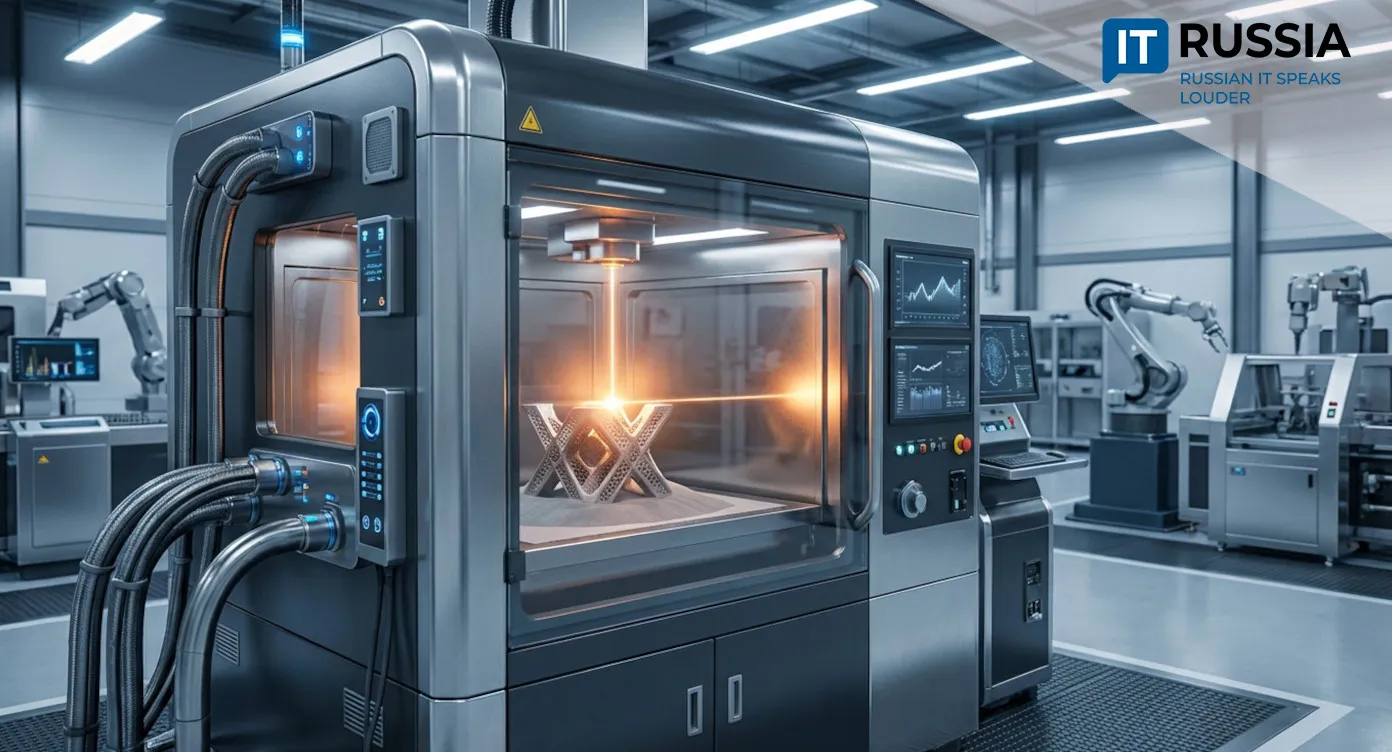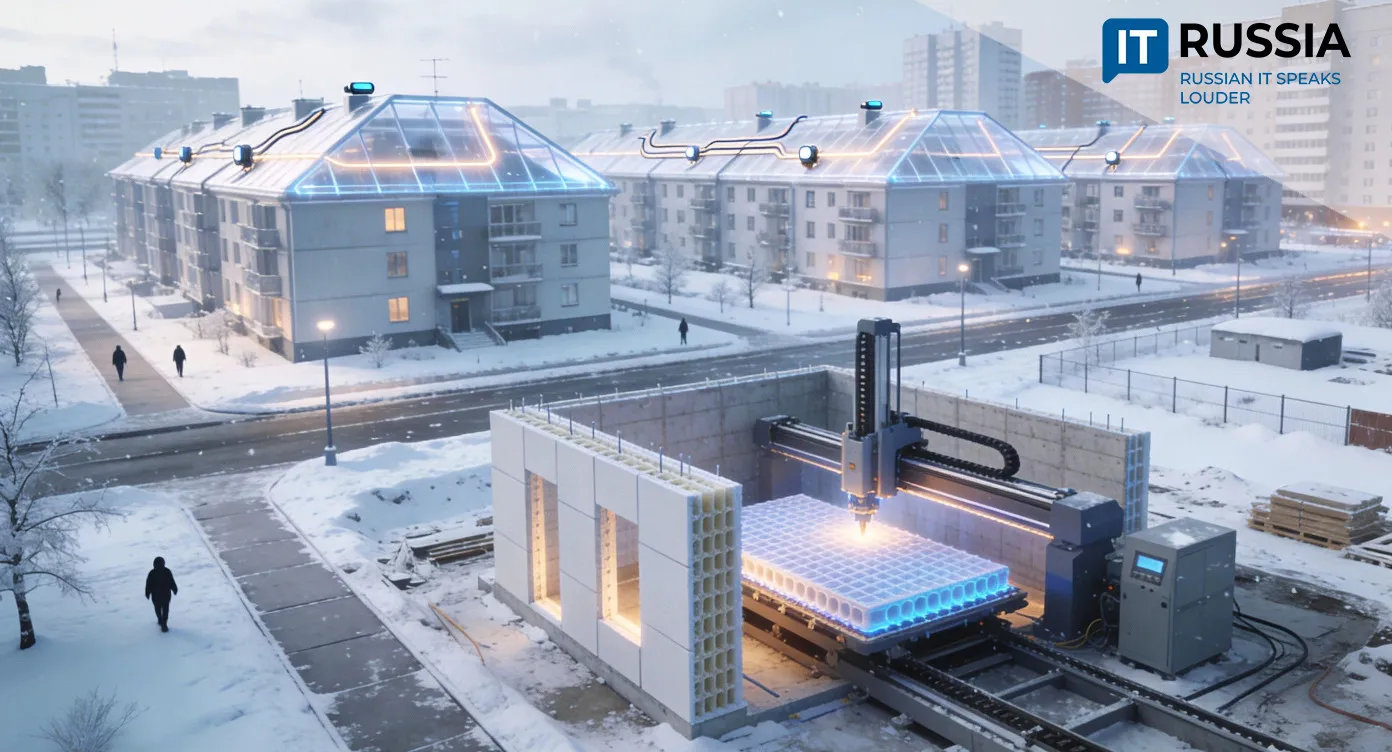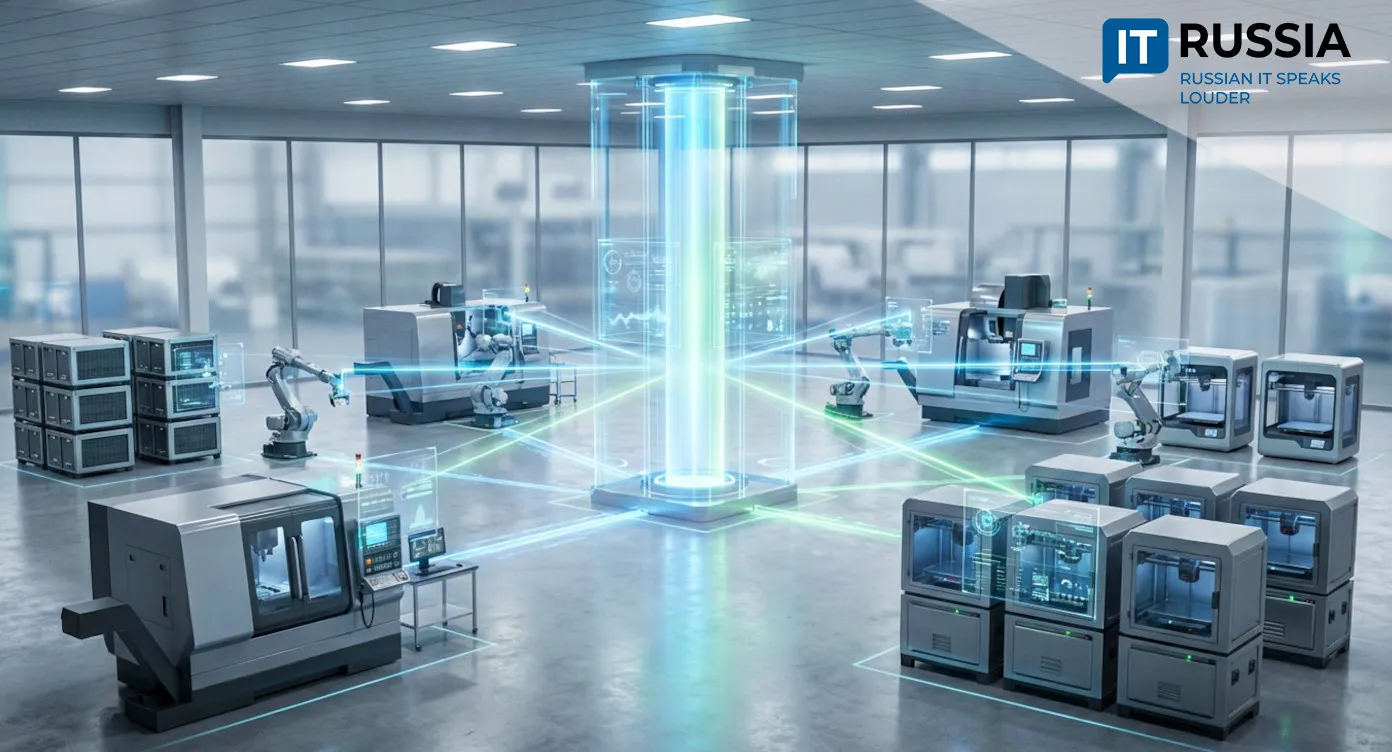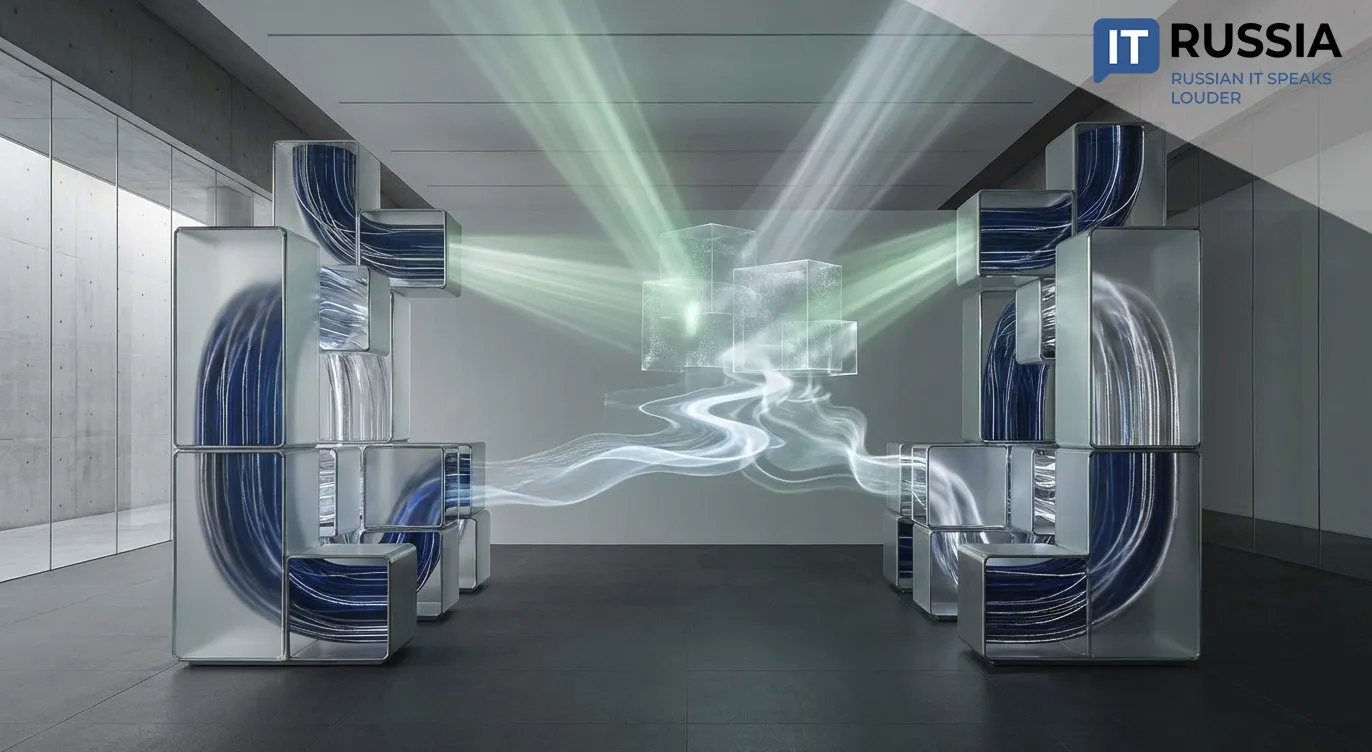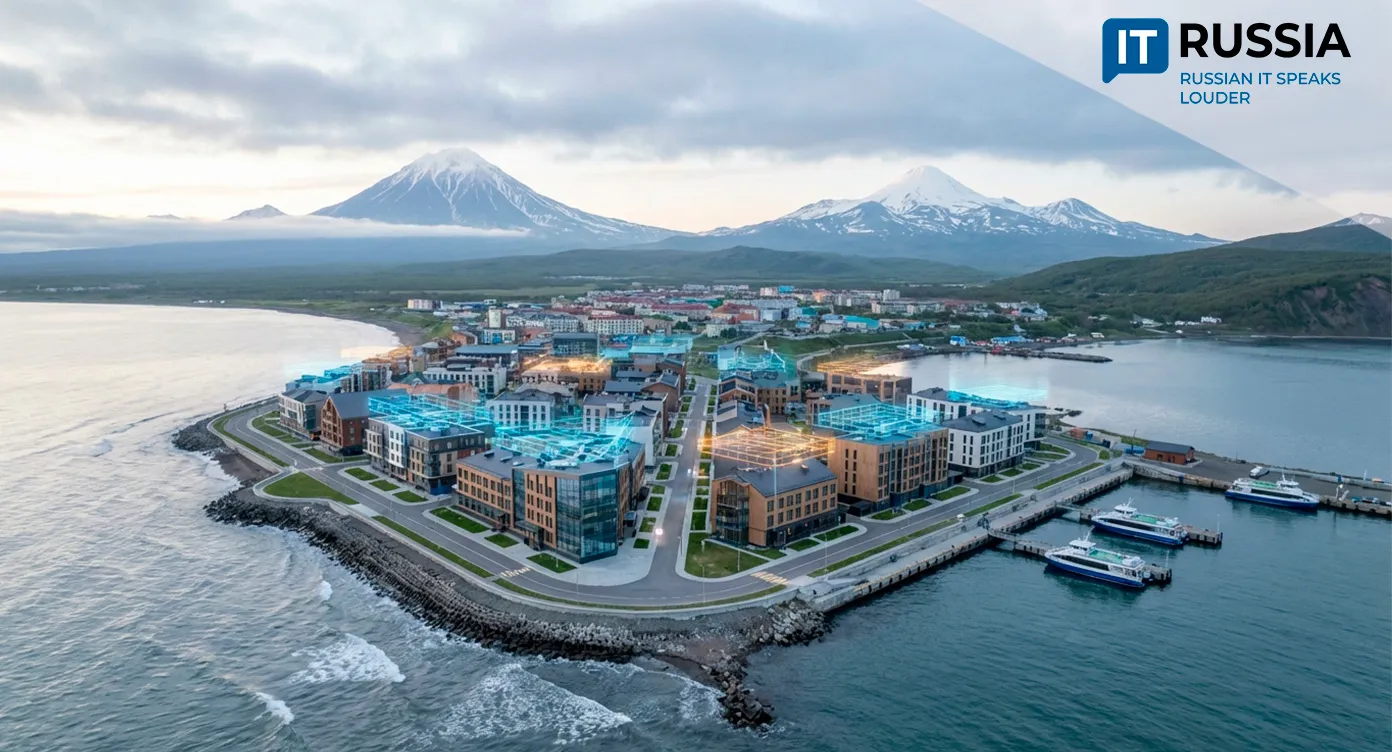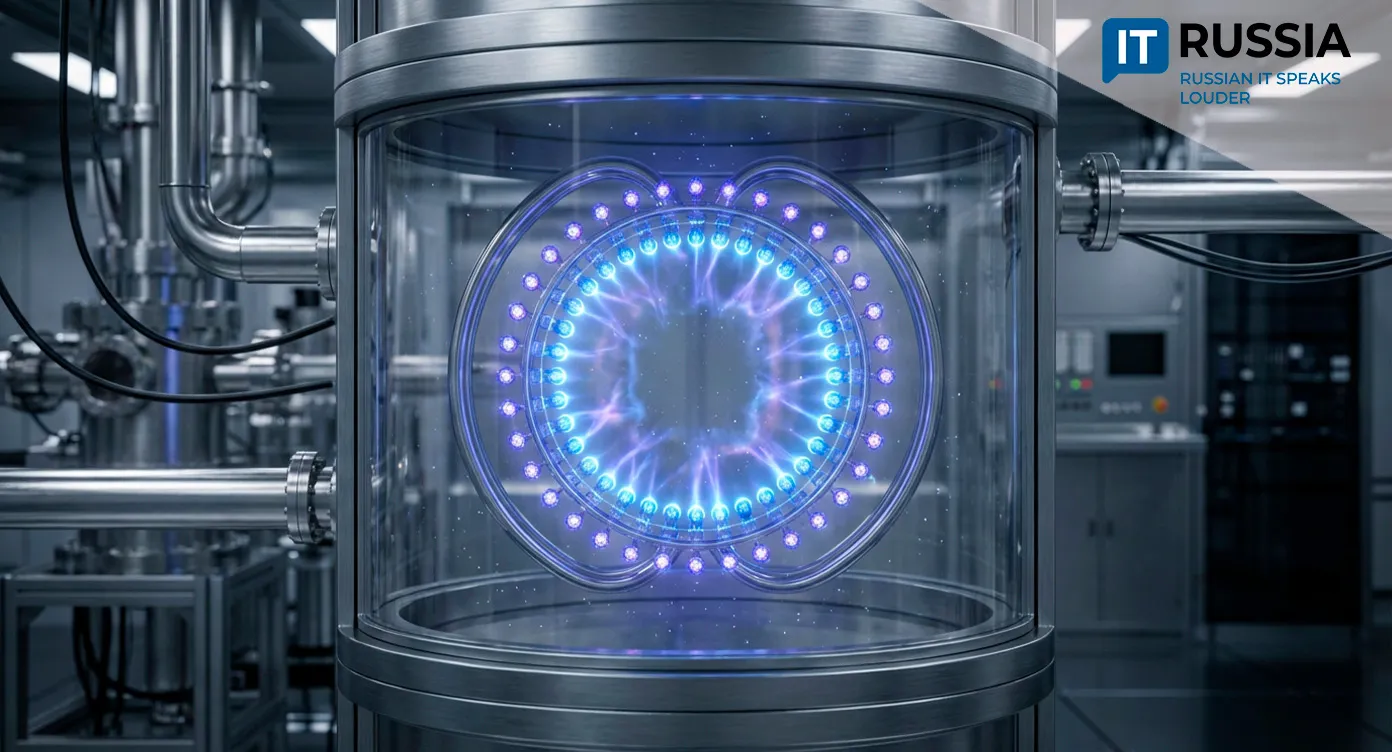A Technological Breakthrough in Additive Manufacturing
Researchers in St. Petersburg have developed a new installation that dramatically accelerates the speed of 3D printing with metals. The technology could reshape production in aerospace, nuclear, and thermal power industries, while also making advanced manufacturing more accessible to everyday life.
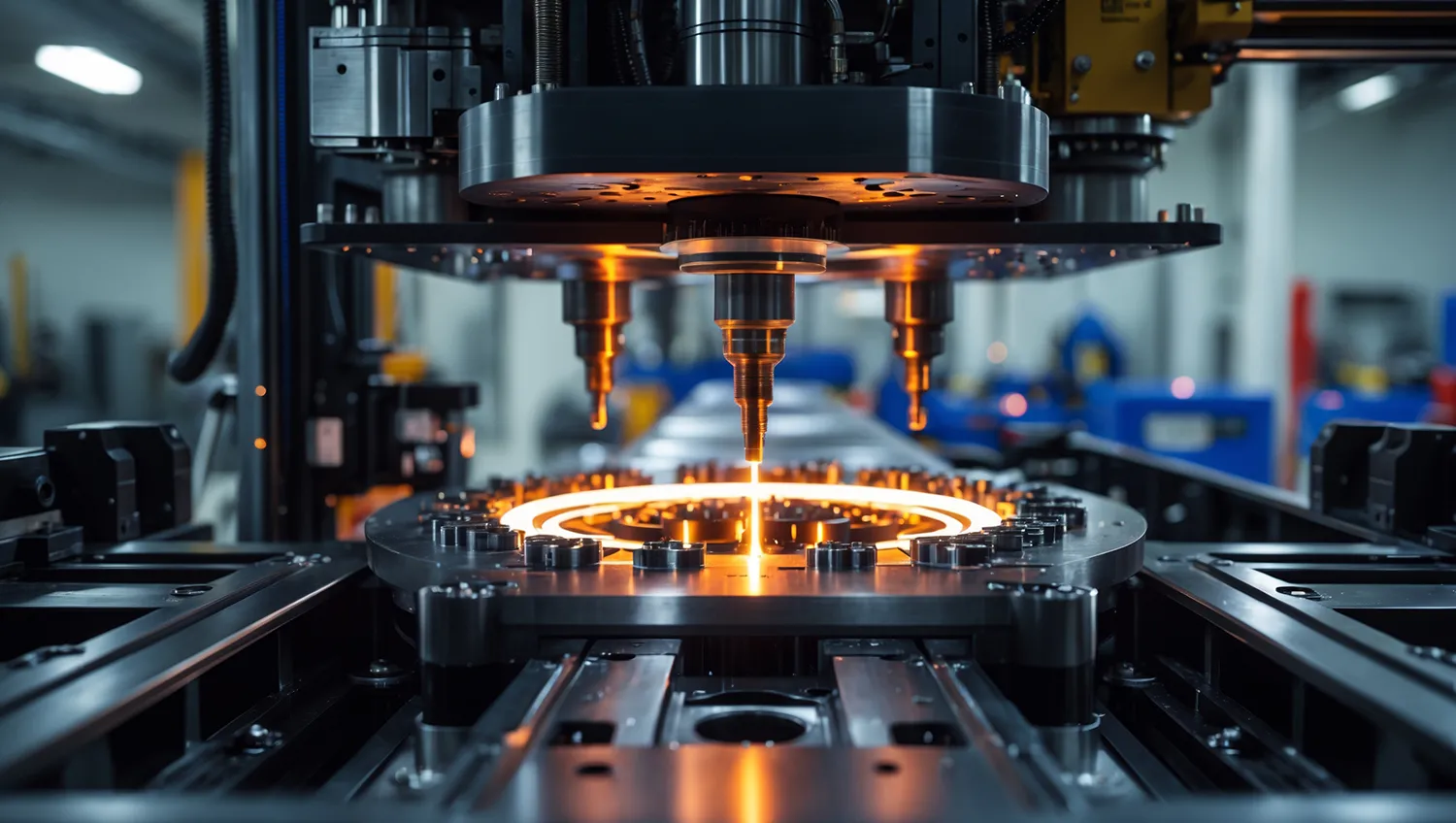
Innovations for Aviation and Space
Modern manufacturing is undergoing a profound transformation, with additive technologies at the center of this shift. Scientists at St. Petersburg State Marine Technical University recently unveiled a method that multiplies the speed of metal 3D printing.
This breakthrough doesn’t just accelerate part production—it rewrites the rules in mechanical engineering, medicine, aerospace, and space industries. For ordinary people, it means more affordable and reliable prosthetics, machine components, and even household items. For Russia, it’s a step toward technological sovereignty and reduced reliance on imports. And for the world, it signals a new stage in cutting costs and scaling up the adoption of metal 3D printing.
Global and National Perspectives
The new technology carries truly global potential. Industrialized nations are eager for localized, flexible, and fast production tools. International corporations looking to decentralize supply chains may find the Russian development a competitive alternative to Western counterparts.
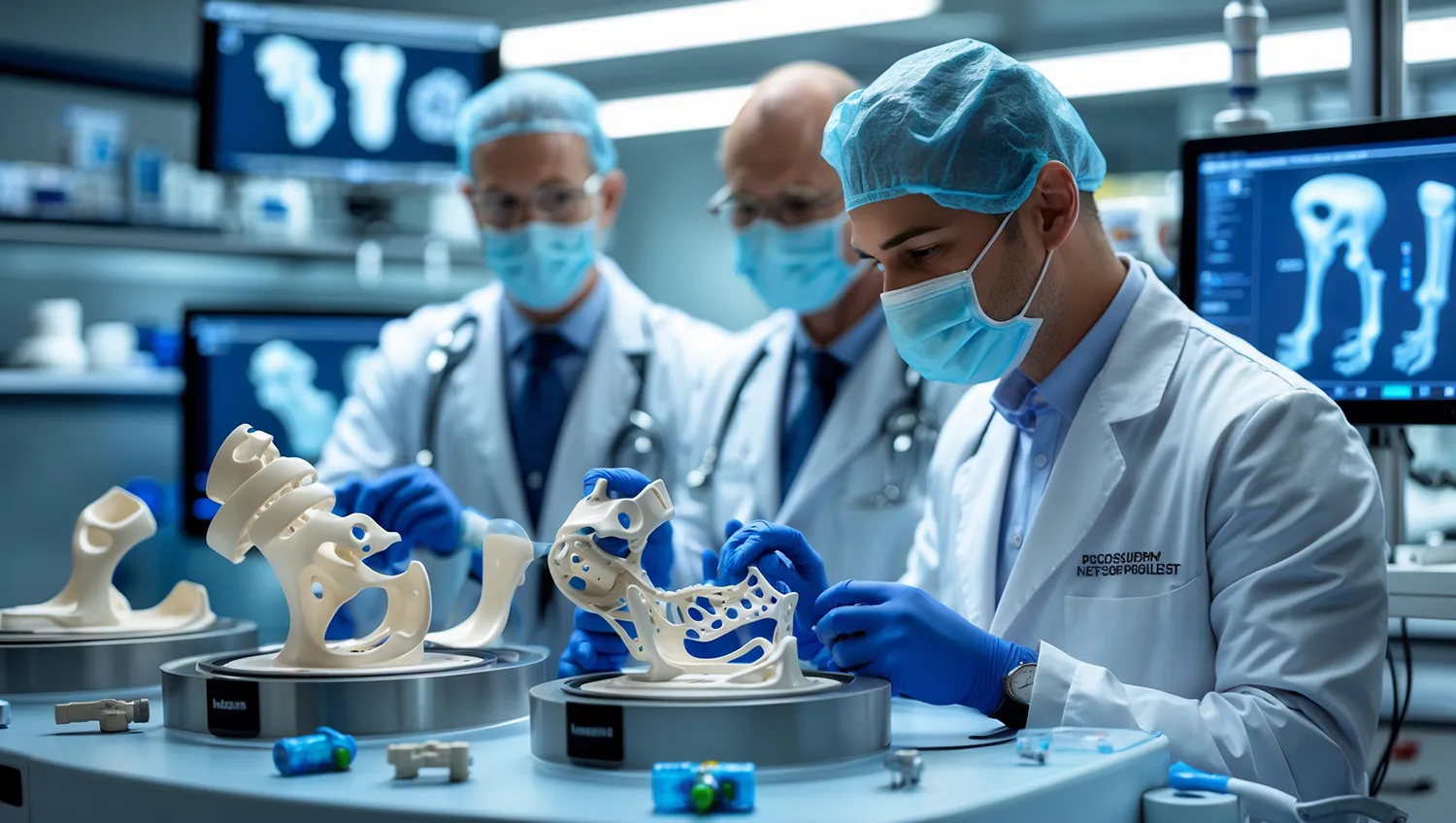
Domestically, the technology could drive import substitution—from aircraft turbines to biocompatible implants, all produced faster, cheaper, and with fewer logistics costs. Unsurprisingly, fields such as medicine and defense are already showing strong interest in accelerated additive manufacturing.
Evolution: From First Steps to Breakthrough
The path to this breakthrough has been systematic. In 2023, the National University of Science and Technology (MISiS) introduced a method for 3D printing metal parts for aviation, reducing production costs.
In 2024, Severstal, through its Severstal Digital division, announced large-scale industrial deployment of metal printing.
Globally, institutions like NASA (testing metal printing for rocket engines in 2022) and GE Additive (demonstrating accelerated powder metal printing in 2023) have pursued similar efforts.
What sets the Russian method apart is its holistic design—balancing speed, precision, and economic efficiency in one package.
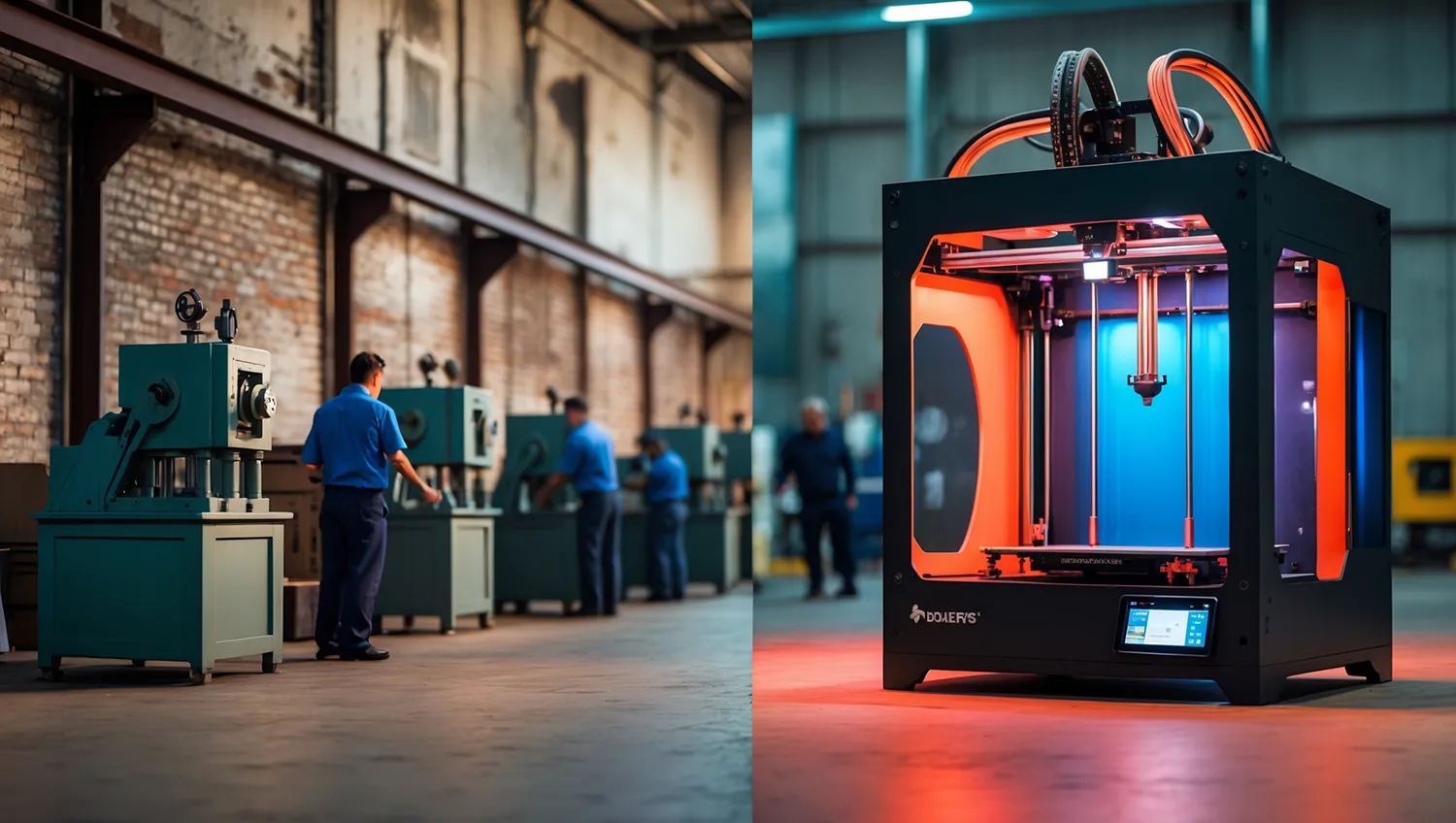
Forecast for the Coming Years
Experts predict that in the next 3–5 years, the number of enterprises adopting accelerated metal 3D printing will grow substantially. Three clear trends are already visible: the emergence of domestic solutions for high-tech sectors like space; reduced costs for medical implants and industrial equipment; and Russian technologies entering global markets.
Analysts at 3D Printing Industry and MIT Technology Review note that it is precisely such advances that shape the future of global manufacturing.
Accelerated metal printing is more than a technical upgrade—it is a strategic tool for national development. With its robust scientific foundation and industrial ambitions, Russia has a real chance to claim leadership in this innovation race.








